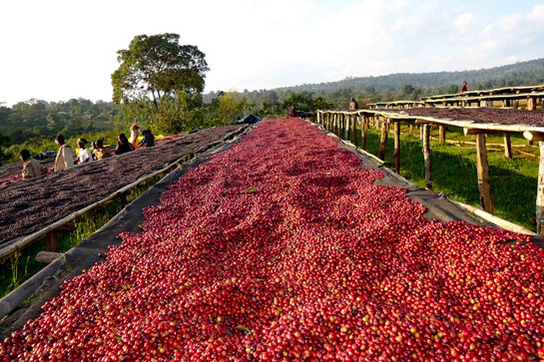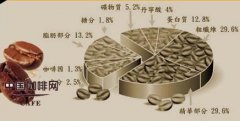There are several ways to package coffee beans.
To start shopping for coffee beans, choose a thriving coffee shop first. The freshness of roasted beans is the life of coffee, so choose a warehouse where fresh coffee beans are placed, a clean place without oil residue of old beans, no direct sunlight, and no high temperature around the store. It is also a good idea to buy from a shop that thinks it is delicious. When buying baked beans, you can specify the refreshing beans yourself, if you want to drink some slightly sour, the bitter ones are better, or tell the clerk to choose for your preference.

When purchasing after-sale grinding, be sure to inform the store manager of the coffee brewing equipment used, etc., in order to cooperate with those props grinding (such as electric coffee machine, filter, paper, siphon, etc.).
When buying canned coffee powder in the supermarket, choose the label (bean type or taste tendency, etc.), depending on your preference.
gas-containing package
The most common packaging, with empty cans, glass, paper bags or plastic containers to package beans, powder, and then cover or seal packaging. Low preservation, and because of constant contact with the air, need to drink as soon as possible, drinking period for about a week.
vacuum packaging
Packaging containers (cans, aluminum foil bags, plastic bags) After filling with coffee, the air inside the container is evacuated. Although it is called vacuum, in fact, at most 90% of the air is removed, and the area of coffee powder is larger than the surface area of coffee beans, even if it is the remaining air, it is easy to combine with the powder and affect the flavor.
gas-filled package
A pinhole is designed on the metal bag. After filling the coffee, inert nitrogen gas is injected to squeeze out the carbon dioxide in the bag from the pinhole. This method is more popular, but after all the gas is exhausted, the oxygen will silently drill into the bag from the pinhole.
Gas sorbent packaging
The sorbents made of deoxy and decarbonization are placed in packaging bags, and the air in the packaging can be easily absorbed, and the carbonic acid gas generated by coffee can also be inhaled, but the aroma of coffee will also be sucked away.
UCC Rome Packaging
The most ideal coffee packaging at present, all in the form of beans rather than powder packaging. It is similar to a pinhole metal bag, except that the gas inside the bag can be exhausted through the pinhole, and the one-way piston can prevent oxygen outside the bag from entering the bag.
Coffee makers cool the beans and pack them immediately after they are roasted. Nitrogen is pumped into the bags and the gases are vented. Although this packaging method is ideal, but the material is expensive, high cost, currently only the selection of coffee companies will use this packaging method.
Important Notice :
前街咖啡 FrontStreet Coffee has moved to new addredd:
FrontStreet Coffee Address: 315,Donghua East Road,GuangZhou
Tel:020 38364473
- Prev

The preservation of coffee The preservation of fine coffee beans
Generally speaking, the container for storing coffee beans has a rubber ring pad on the inside of the lid. After roasting, the coffee beans are easy to emit aroma and absorb the surrounding smell. Therefore, the coffee beans should be preserved in a sealed bottle. Exposure to air accelerates the oxidation of coffee beans. As the coffee beans decrease, the gap in the container becomes larger and larger, and some materials such as cotton should be filled into the container.
- Next

The ingredients in coffee beans basic knowledge of fine coffee
Caffeine: caffeine is the most eye-catching of all the ingredients in coffee. It belongs to a kind of phytoxanthine (animal muscle component) and has the same properties as theobromine in theobromine and theophylline in green tea; the percentage reduction after baking is very small, and the effect of caffeine is very extensive. It will affect the brain, heart, blood vessels, gastrointestinal tract, muscle and kidney of the human body, and the right amount of caffeine.
Related
- Beginners will see the "Coffee pull flower" guide!
- What is the difference between ice blog purified milk and ordinary milk coffee?
- Why is the Philippines the largest producer of crops in Liberia?
- For coffee extraction, should the fine powder be retained?
- How does extracted espresso fill pressed powder? How much strength does it take to press the powder?
- How to make jasmine cold extract coffee? Is the jasmine + latte good?
- Will this little toy really make the coffee taste better? How does Lily Drip affect coffee extraction?
- Will the action of slapping the filter cup also affect coffee extraction?
- What's the difference between powder-to-water ratio and powder-to-liquid ratio?
- What is the Ethiopian local species? What does it have to do with Heirloom native species?

